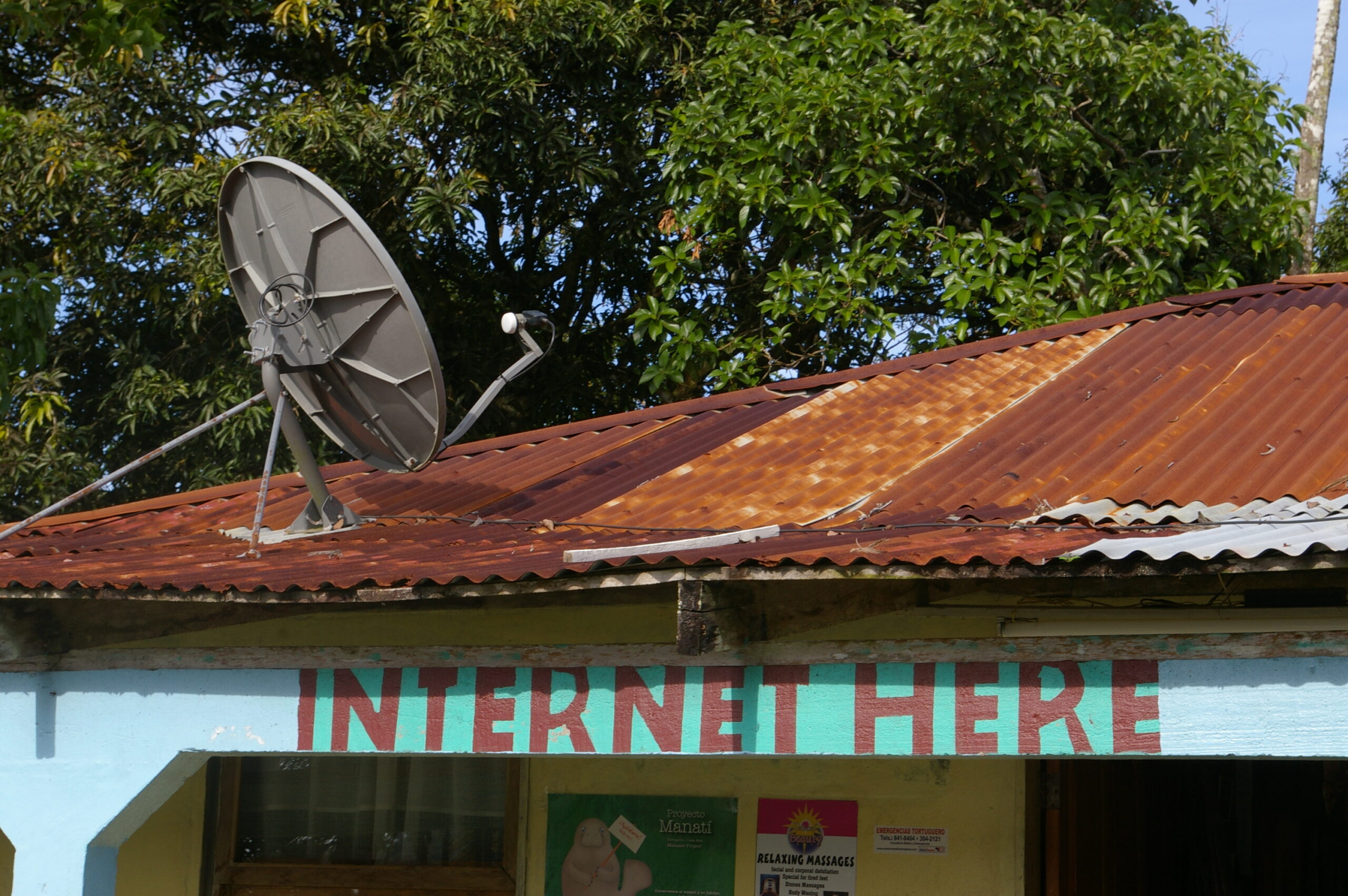
On March 18, Missouri and its legal ally The Gateway Pundit will try to convince the U.S. Supreme Court that the Biden administration violated the First Amendment by “coercing” social media companies to “censor” false conservative posts on vaccine and election denial.
The argument comes less than a month after the Feb. 26 argument in which a majority of the justices appeared to think the First Amendment editorial rights of the social media companies were violated by 2021 Florida and Texas laws restricting the companies from taking down false posts.
The two cases together are widely viewed as the most consequential First Amendment cases about the internet in the 27 years since an exuberant Supreme Court declared the internet was the modern “town square.”
The decades since that 1997 Reno v. ACLU decision have shown that town square was too sedate a metaphor for what has become a ubiquitous, powerful communications device that reaches into every family’s home, purse and pocket.
The press in 1791, when the nation added the First Amendment to the Constitution, had its ugly side with partisan newspaper editors saying nasty things about Thomas Jefferson and John Adams. But the men with the wigs could not have foreseen in their wildest dreams what would happen to the world when everyone had a printing press in his or her pocket. For that matter, the Supreme Court in the Reno decision about the public square had no clue what lay directly ahead.
Media scholars in the early days of the internet dreamed about the internet democratizing the media and looked forward to reader comments on news stories providing immediate citizen feedback to professional journalists. Now many publications spend time blocking or editing rude, racist, misogynist and false posts and pundits worry about the future of democracy in the internet age.
At the center of the February argument on the Florida and Texas laws was whether “censorship” was the right word for the process of social media companies applying their content moderation policies to identify and remove false or dangerous posts.
Congress shall make no law
Justices Clarence Thomas and Samuel Alito, the two most consistently conservative justices, said censorship was exactly the right word.
“Can you give me one example of a case in which we said that the First Amendment protects the right to censor?” asked Thomas.
Justice Alito chimed in suggesting that “content moderation” is “actually… a euphemism for censorship?”
But Justices Brett Kavanaugh, Amy Coney Barrett and Chief Justice John Roberts -— whom Thomas and Alito would need to convince to build a majority — did not agree.
They pointed out that the First Amendment protects against government censorship, not private restrictions on speech.
Kavanaugh pointed to a series of cases “which emphasize editorial control as being fundamentally protected by the First Amendment.”
Barrett said “it all turns” on whether the social media platforms are exercising “editorial control” in which case they are acting like newspapers – not like telephone companies as the states had suggested.
The chief justice pointed out that because social media companies are not bound by the First Amendment “they can discriminate against particular groups that they don’t like.”
Missouri and The Gateway Pundit
In the March case, Missouri Attorney General Andrew Bailey is making common cause with Jim Hoft, the right-wing publisher of The Gateway Pundit, the St. Louis internet site that is highly influential in far-right circles. The publication currently faces a defamation suit in St. Louis for claiming that two Georgia poll workers stuffed ballot boxes in the 2020 election – claims that Congress’s Jan. 6 investigation found to be false and to have subjected the women to so many threats that one had to move out of her home.
The Gateway Pundit, is among the most notorious purveyors of disinformation in the country. As this GJR profile from 2021 reported, Hoft has been a champion of right-wing conspiracy theories for nearly 20 years, and, like some others in the field, appears to have made a very good living out of it.
When former Attorney General Eric Schmitt added Hoft to his lawsuit, former Missouri Supreme Court Justice Michael Wolff told GJR that “by adding Hoft to the case and giving him the state’s imprimatur, Schmitt has essentially normalized him.”
Bailey, who became attorney general after Schmitt’s election to the Senate, is continuing to include Hoft in his submissions to the Supreme Court. The state’s brief to the court cites the Hunter Biden laptop episode a month before the 2020 election. Federal law enforcement agencies cautioned that the story about the discovery of the laptop might be Russian disinformation. That caused social media companies to take down a Gateway Pundit story. It turned out that the story was not the work of Russian agents. But the event occurred during the Trump administration.
Parades of horribles
Both Missouri and the federal government describe a parade of horribles if its side loses.
The Biden administration and social media companies argue that “grave harm” could result from the 5th U.S. Circuit Court of Appeals decision limiting what federal health and law enforcement officials can tell social media platforms about health risks like Covid and Ebola or safety risks from terrorist threats. (The 5th Circuit heard the case because Louisiana joined Missouri in the suit.)
The lower courts “imposed unprecedented limits on the ability of the President’s closest aides to speak about matters of public concern, on the FBI’s ability to address threats to the Nation’s security, and on CDC’s ability to relay public-health information,” the Biden administration says in its brief to the court.
This puts “unprecedented limits on the ability of the President’s closest aides to use the bully pulpit to address matters of public concern, on the FBI’s ability to address threats to the Nation’s security, and on the CDC’s ability to relay public-health information at platforms’ request.” The government too has a First Amendment right to speak about dangerously false posts, it argues.
Missouri responded that “the bully pulpit is not a pulpit to bully.” It argued: “This Court has rarely, if ever, faced … a coordinated campaign of this magnitude orchestrated by federal officials that jeopardized a fundamental aspect of American life.” The Biden administration “engaged in a broad pressure campaign designed to coerce social-media companies into suppressing speakers, viewpoints, and content disfavored by the government….The harms that radiate from such conduct…impact every social-media user.” The government “conduct fundamentally transforms online discourse and renders entire viewpoints on great social and political questions virtually unspeakable on social media, ‘the modern public square.’”
Missouri maintained that the Biden administration’s communications with social media companies took on a coercive tone, especially when administration officials, unhappy with the slow response of the companies, mentioned at times that the companies could face antitrust legal challenges.
Missouri says the Biden administration pressure campaign began at 1:04 a.m. on Jan. 23. 2021 when the White House flagged an anti-vaccine tweet from Robert F. Kennedy Jr. and called for Twitter to “get moving on the process for having it removed ASAP.” The White House added, “if we can keep an eye out for tweets that fall in this same ~genre that would be great.”
Missouri maintains this was the beginning of a campaign of “unrelenting pressure from the most powerful office in the world” to “bend [social-media platforms] to the government’s will.” This led, Missouri says, to the social media companies eventually taking action against the “Disinformation Dozen” it blamed for 73 percent of misinformation on social media.
Threat to the press and academic researchers?
The Reporters Committee for Freedom of the press, in a friend of the court brief, takes neither side in the argument but warns that a “too-sensitive test for coercion could have two negative consequences. First, it could lead to the chilling of the free flow of information from government sources to the news media. Second, it could license…burdensome fishing expeditions for …evidence of collusion between journalists and public officials….Both results would threaten rather than promote the editorial autonomy of a free press,” it says.
Stanford University, which formed the Stanford Internet Observatory to track internet abuses in the areas of child abuse and election misinformation, filed a brief in support of the federal government. The lower court decisions that restricted government speech with social media companies included numerous references to the Stanford researchers who flagged false social media posts. In addition, Hoft, St. Louis’ Gateway Pundit, has sued to hold Stanford liable for violating his First Amendment rights. The suit also asks for a court order cutting off communications between the Stanford program and the government.
The university says, “private research universities like Stanford and their researchers are not state actors subject to constitutional constraints just because they speak to the government about their research. Indeed, the underlying research by Stanford, its communications with the government, and its flagging potentially violative content to social media platforms are all conduct that is itself protected by the First Amendment.”
The Supreme Court decided last October to delay the effect of the 5th Circuit ruling that would have limited government communications with the social media companies. Justices Alito, Thomas and Neil Gorsuch would have allowed the lower court ruling to go into effect. That vote could suggest that the more conservative justices on the court may be split on the two important cases that will influence the future of the internet’s turbulent town square.

